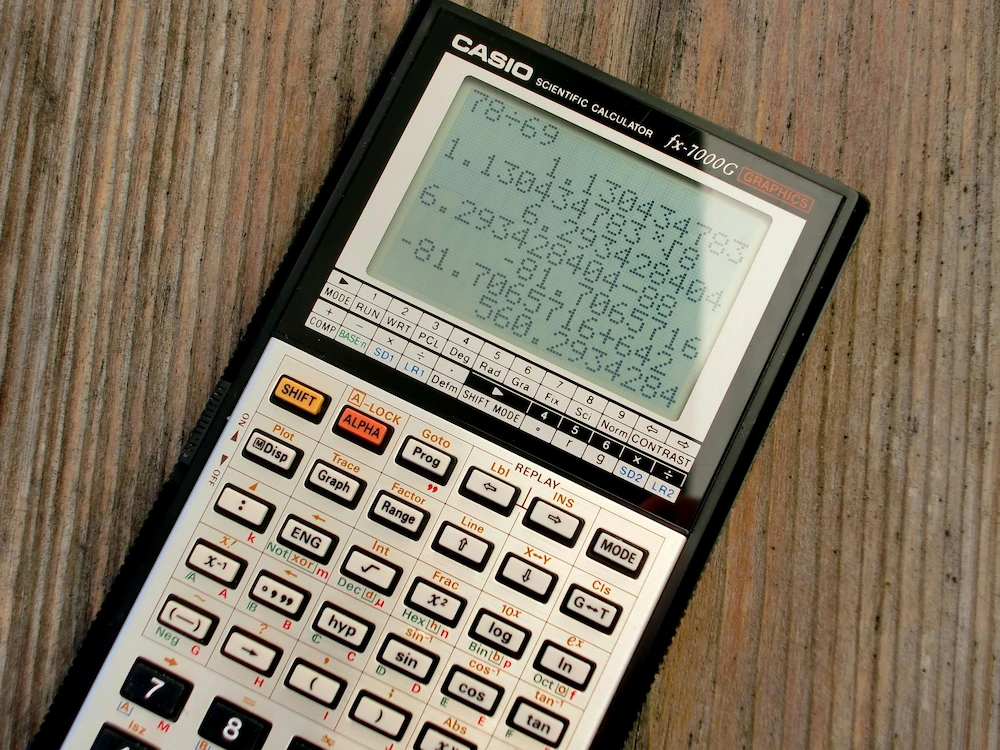Congratulations on choosing to do the International Baccalaureate Diploma Programme! You have two challenging and highly rewarding years ahead of you, and we are sure you are already starting to feel the pressures – and excitement! – of what is to come. If you are in the stages of selecting which subjects you will be taking in the IB, there are a lot of decisions to be made. The subjects you choose will be your focus for the next two years and there are many factors which should play a part in what the best choices will be for you.
When it comes to Maths, you have two main options: Maths Applications and Interpretations, and Maths Analysis and Approaches, with both being offered at either Higher Level (HL) or Standard Level (SL). These new subjects recently replaced the old system of three main subjects – Maths Studies, Standard, and Higher – with the first round of students getting ready for their final exams in May 2021. With such a recent overhaul, there, unfortunately, aren’t yet many resources to help students and families understand these changes, and decide on the best choice for themselves.
There are many influences and considerations to be balanced when choosing your level of IB Maths, from simply the level of love you have for the subject to future educational and career plans, and we hope to help you in your decision through this article!
Mathematics: Applications and Interpretations
Maths Applications and Interpretations, or just Maths AI, more heavily emphasises how mathematical concepts can be applied to solve practical problems in the sciences, finance, and many other aspects of human life. In this way, AI is aimed at students who are most interested in how Maths relates to the world around us, and how it is used every day.
If you’re considering Maths AI or any other IB subject, Lanterna’s 1:1 Tutoring can provide tailored academic support to help you excel in your chosen course. Whether you’re diving into statistics or mastering your GDC, our expert tutors can guide you every step of the way.
The IB recommends Maths AI students have 150 hours of teaching time to cover the course material, with HL students doing an additional 90 hours on top of this. Both levels cover the following five areas:
- Number and Algebra
- Functions
- Geometry and Trigonometry
- Probability and Statistics
- Calculus
HL students cover the same topics as SL students but go into more depth in all of them – exploring sub-topics in greater depth and complexity. Additionally, as in most subjects, HL students have an extra paper (the dreaded Paper 3!) in their final examinations.
Maths AI is more technology-focused than Maths AA and expects you to become an expert in how to use your graphic display calculator or GDC. Wherever relevant, you will be encouraged to use your technological tools to quickly solve problems that would take much longer, and be much more difficult, to do by hand. Graphing and finance applications, as well as instant equation solvers, will all be heavily incorporated into teaching, along with methods and tips for getting the most out of them. You will be allowed a Graphic calculator in every exam paper, (which may sound great!) but remember that the questions are written assuming you’re using your GDC, meaning you have to be comfortable with your calculator to really do well. If you try too many questions by hand, you may find yourself running out of time.
Maths AI is probably best suited to students interested in a career in the humanities, statistics, or business, or in certain scientific fields like chemistry and biology, where more abstract mathematical knowledge is not really necessary. A Maths AI student may also want to consider career paths in design, psychology, or certain fields of economics.
Mathematics: Analysis and Approaches
Maths Analysis and Approaches, or just Maths AA, focuses on more abstract and theoretical concepts than AI. This means a stronger emphasis on topics like calculus, and a greater overall focus on the idea of proof, mathematical theorems, and mathematical argument. It could be called more of a “Pure Mathematics”, while AI is the more applied variety. In this way, AA is aimed at students who are excited about abstract mathematical thinking, and keen to push the boundary of their mathematical understanding.
Just like AI, Maths AA covers 150 hours of teaching to cover the SL course, with HL students needing 240. Again, as with AI, Maths AA students cover the same five syllabus areas:
- Number and Algebra
- Functions
- Geometry and Trigonometry
- Probability and Statistics
- Calculus
Although AA and AI students bother to cover the same five areas of the syllabus, how much time is spent on each varies a lot. For instance, if you choose to take Maths AI HL, you will spend a quarter of your total time on statistics, and a fifth on calculus. Choose to take Maths AA HL on the other hand, and you will spend less than a sixth of your time on statistics, and over a quarter on calculus. These two subjects are both HL, so the total teaching time is identical, it is how that time is divided up that defines the difference. If you know you have a particular strength or weakness in one of these topics, this could influence which form of Maths you would like to take.
In the AA course, there is a non-calculator paper in the final exam – Paper 1. This accounts for 40% of your final grade in Standard Level, and 30% in Higher Level. Other than that the structure of assessment is very similar to AI, with Higher Level students taking the additional Paper 3 containing two “extended response problem-solving questions”, and 20% of the overall subject grade coming from your Internal Assessments.
Because of its more abstract and complex material, students interested in studying pure Mathematics, Engineering, Physics, or certain branches of Economics, should take Maths AA. Remember, it is important to check with your chosen universities to see whether your degree treats both Higher and Standard Level Maths AA students as sufficient, or whether HL is required.
You will often see the new standard level AI course being described as effectively a copy of the old Maths Studies, the new AA SL course as effectively the old Maths SL, and the AA HL course as effectively the old Maths HL. This interpretation leaves Maths AI HL as the only truly “new” course. This interpretation is flawed, however, and what the IB has really done is melt down a lot of its old subject material, and redivided it in four totally new ways. Some material is brand new, and some material that used to be in the Maths HL options has been made core content. A more detailed breakdown of these changes can be found at the following link.


